An empty building in the center of Manhattan that brings in enormous profits (5 photos)
The first reborn dolls appeared in the late 90s in the USA. Gradually, this trend is spreading to other countries - for example, the UK, where reborns have become extremely popular recently. Women all over the country are getting these realistic “babies” and caressing about them as if they were real. 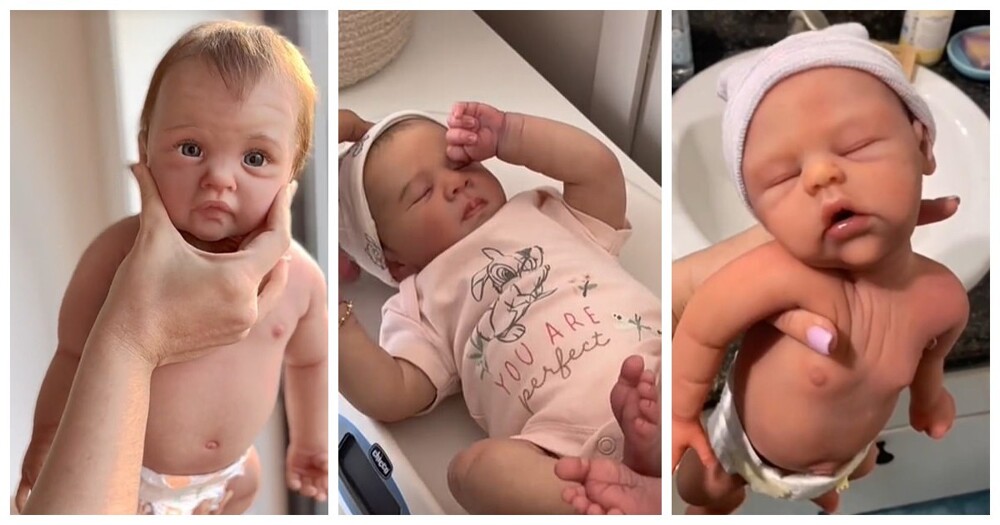
Some people simply play with them as if they were daughters and mothers, some collect them, and some are trying to heal the mental trauma associated with the loss of their own child or the disability to give birth to one.
Reborn dolls are made in life size, skillfully hand-painted, every detail is thought out - freckles, rosy cheeks, a specific facial expression, skin texture, moles. Hyperrealism is what it is. 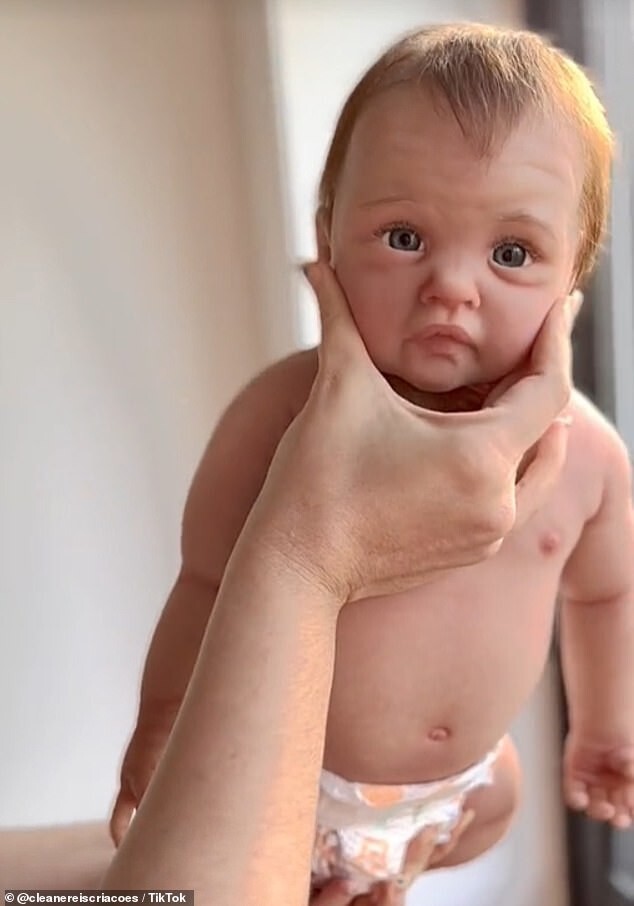
The owners of these dolls are called “moms” in the reborn community. The doll comes with additional features—battery-powered devices that imitate breathing, human hair, and a scent that combines baby powder and baby laundry detergent.
By the way, this pleasure is not cheap. The cost goes up to £20,000. 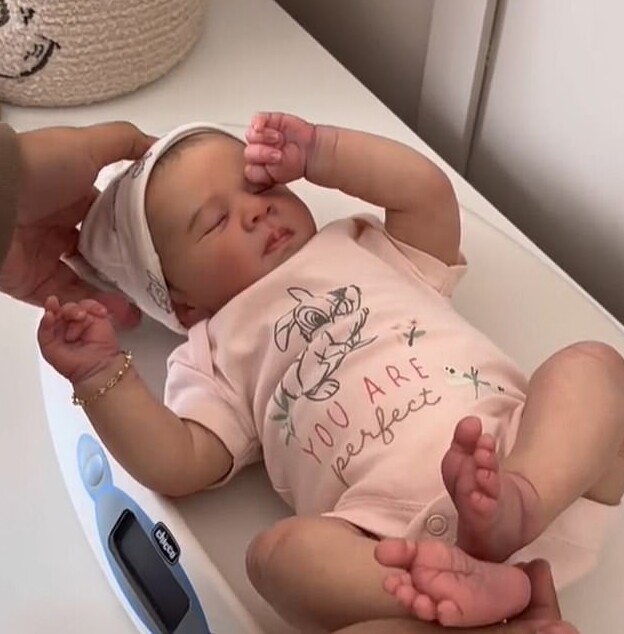
Some of the dolls look so realistic that Eva Prior, who creates and sells them, was forced to hang a sign in her window encouraging passersby not to panic. She had to do this after the police broke into the house, mistaking one of the dolls for a real child. 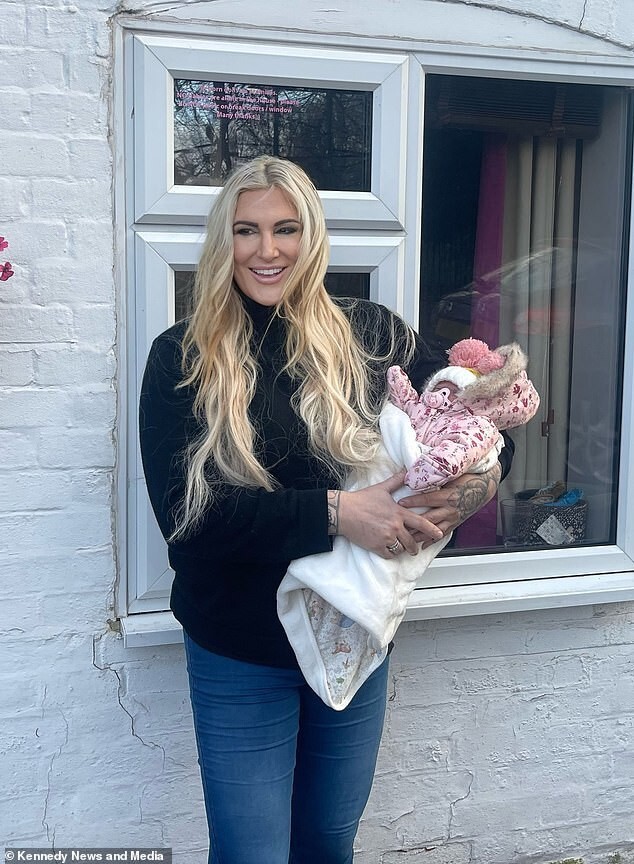
Eva Prior, who creates ultra-realistic dolls as a hobby, says police recently mistook one of them for an “abandoned” child. They carried out a "rescue operation", smashing the door and causing more than £400 worth of damage.
“I didn’t find it funny at all then, but now I see the funny side of it,” she says.
To prevent this from happening again, Eva made stickers on her windows that read: “Reborn dolls on the premises. There are no children in the house - please do not panic and do not break doors/windows. Thank you very much :)". 
The real revelry of “reborn mothers” is happening on social networks. Women share their experiences: they talk about dolls, give them names, reward them with unique characters, dress them in the latest fashion and show subscribers “one day in the life” of their “child.”
“Mom” of 13 dolls: “This is preparation for becoming a mother for real”
video-Great Britain invaded-1
To skeptical people, all this may seem strange and not entirely healthy. But many of these women are trying to cope with the psychological trauma associated with the loss of a child in this way.
video-Great Britain invaded-2
Doll therapy has long been used to treat patients with dementia or Alzheimer's disease. Although somewhat controversial, this treatment method appears to be supported by many mental health professionals.
TikTok user @sweetnursery has collected more than 15 million views on a video in which she shows her nightly routine and her doll Leah. The video shows her washing the “baby,” wrapping him in a blanket, feeding him at night and putting him to bed. 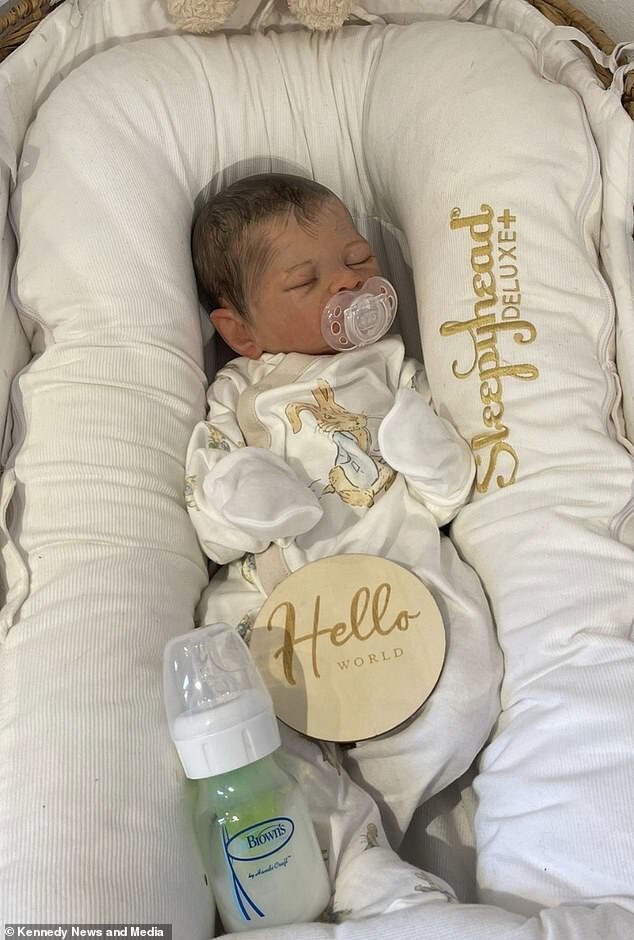
However, psychologists also warn that reborns carry potential risks. The dolls themselves are harmless, but there are risks associated with depending too much on them for emotional support. 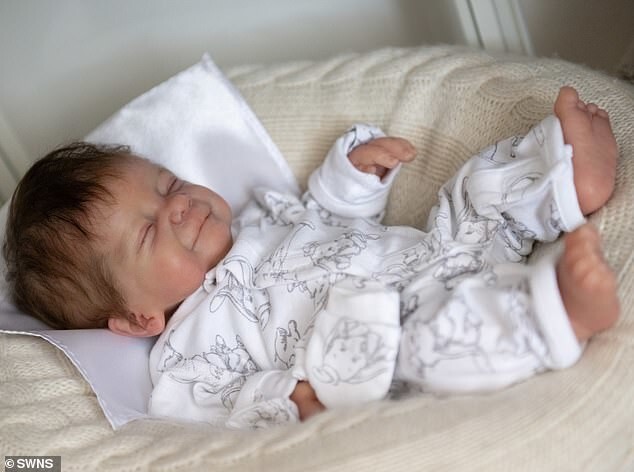
Over-dependence on your reborn can prevent you from seeking support from other sources, and the person will get stuck in this “vicious circle”, unable to fully process their emotions and experience grief. 
It is very important to monitor whether the fascination with the doll becomes all-consuming and whether it interferes with normal daily activities. If it interferes, this may indicate a maladaptive response to trauma that requires professional support and intervention. 























